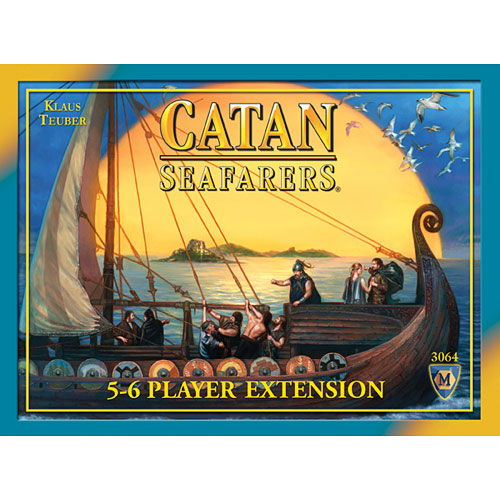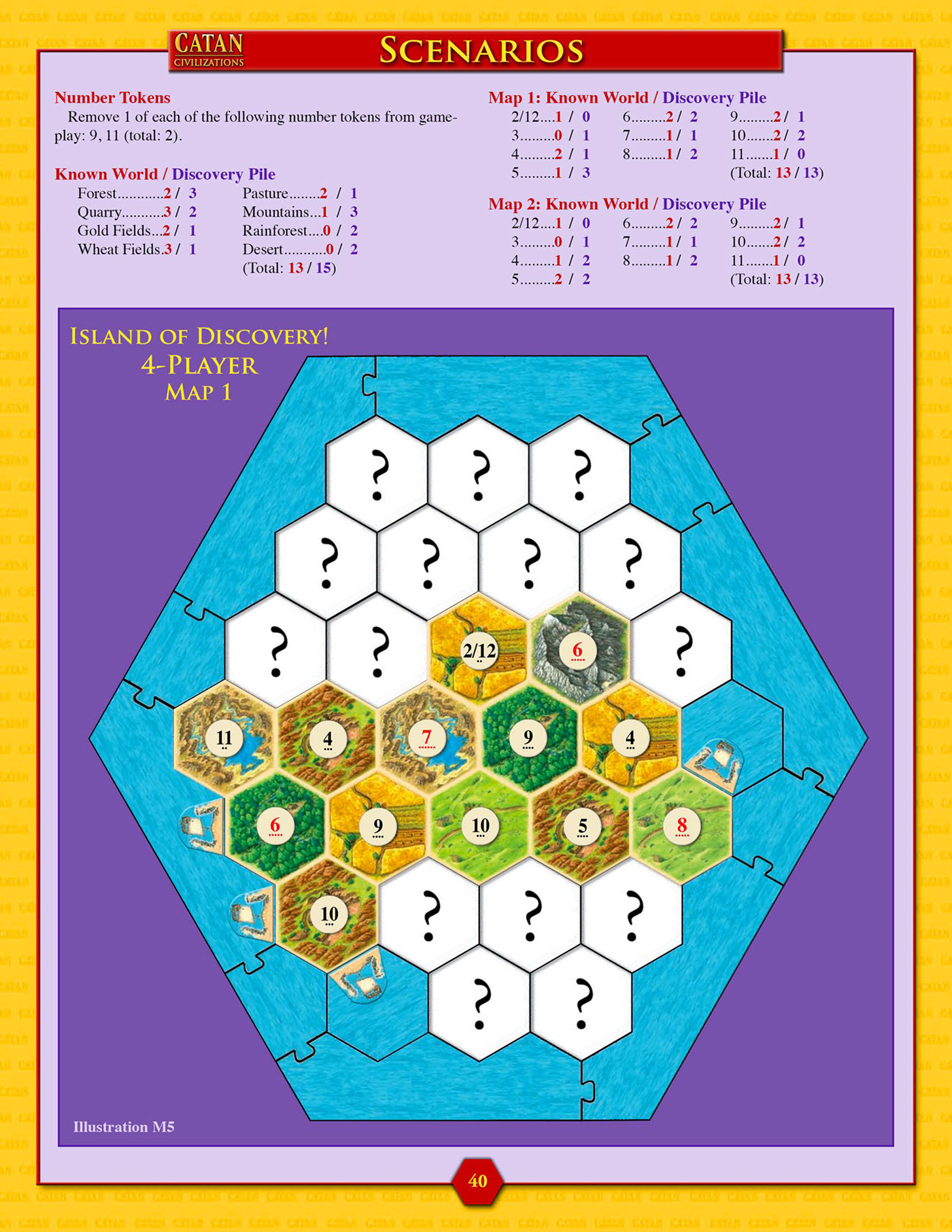

The goal of the game is to reach ten victory points. By building settlements adjacent to ports, players may trade with the bank at three-to-one (three of any single resource type) or two-to-one (two of a specific resource) ratios, depending on the port's location. Players can trade resource cards with each other players may also trade off-island (in effect, with the non-player bank) at a ratio of four-to-one resources for one of any other.
#CATAN EXPANSION VS EXTENSION UPGRADE#
On the player's turn, the player may spend resource cards to build roads or settlements, upgrade settlements to cities (which replace existing settlements), or buy development cards. For example, If a player has 9 resource cards, and a 7 is rolled, the player must get rid of 4 cards. In addition, when a 7 is rolled, all players with 8 or more resource cards must discard their choice of half of their cards, rounded down. That player may also steal a resource card from another player with a settlement or city adjacent to the robber's new placement. There is also a robber token, initially placed on the desert if a player rolls 7, the robber must be moved to another hex, which will no longer produce resources until the robber is moved again. For example, if a player has one city and two settlements adjacent to a grain hex, that player would take four grain resource cards if the corresponding number was rolled. Players with a settlement adjacent to a hex containing the number just rolled receive one card of the corresponding resource cities produce two cards of the corresponding resource. On each player's turn, two six-sided dice are rolled to determine which hexes produce resources. Players build by spending resources (wool, grain, lumber, brick, and ore) that are depicted by these resource cards each land type, with the exception of the unproductive desert, produces a specific resource: hills produce brick, forests produce lumber, mountains produce ore, fields produce grain, and pastures produce wool. In 2016, editions of the game were released with a conventional fixed layout board in this configuration, the hexes of which cannot be rearranged. Newer editions of the game began to depict a fixed layout in their manual, which has been proved by computer simulations to be fairly even-handed, and recommend this to be used by beginners. The game board, which represents the island, is composed of hexagonal tiles ( hexes) of different land types, which are laid out randomly at the beginning of each game. Players build settlements, cities, and roads to connect them as they settle the island. The players in the game represent settlers establishing settlements on the fictional island of Catan. This is one of many custom, extra-large Catan boards seen during demonstrations and tournaments at Gen Con. Gameplay A giant game of Catan being played at Gen Con Indy 2003.

As of 2020, more than 32 million copies in 40 languages had been sold. Upon its release, The Settlers of Catan became one of the first Eurogames to achieve popularity outside Europe. The game and its many expansions are also published by Catan Studio, Filosofia, GP, Inc., 999 Games, Κάισσα (Káissa), and Devir. Players gain victory points as their settlements grow and the first to reach a set number of victory points, typically 10, wins. Players take on the roles of settlers, each attempting to build and develop holdings while trading and acquiring resources. It was first published in 1995 in Germany by Franckh-Kosmos Verlag (Kosmos) as Die Siedler von Catan ( pronounced ).

Catan, previously known as The Settlers of Catan or simply Settlers, is a multiplayer board game designed by Klaus Teuber.


 0 kommentar(er)
0 kommentar(er)
